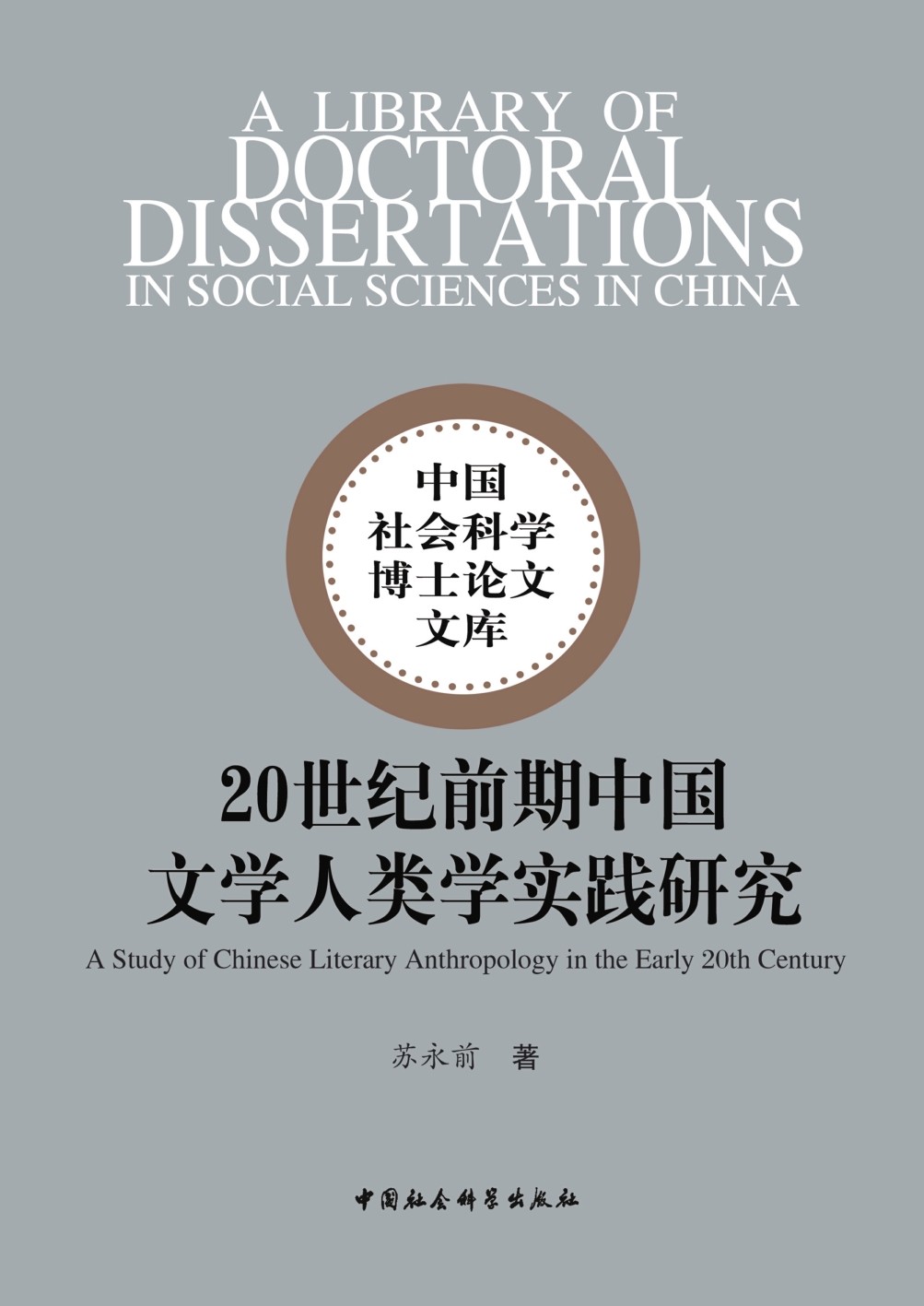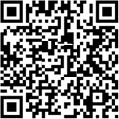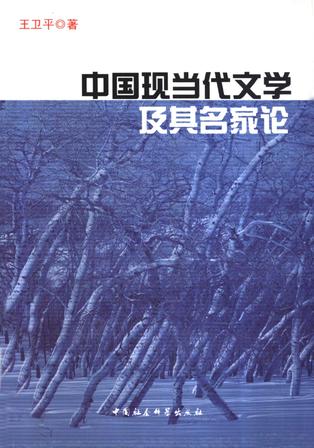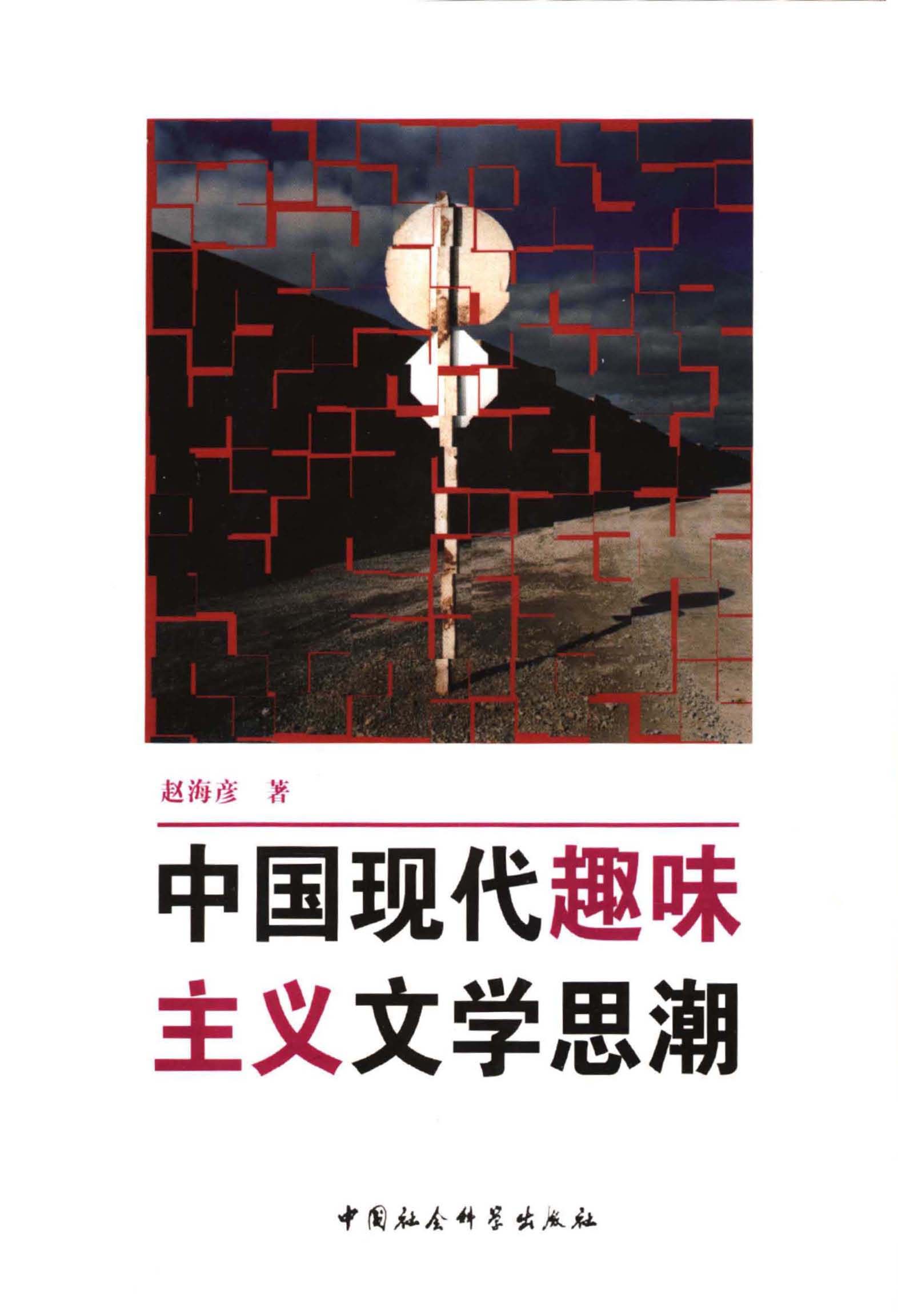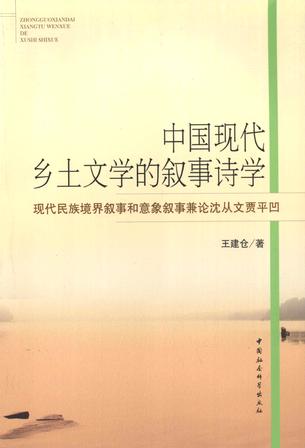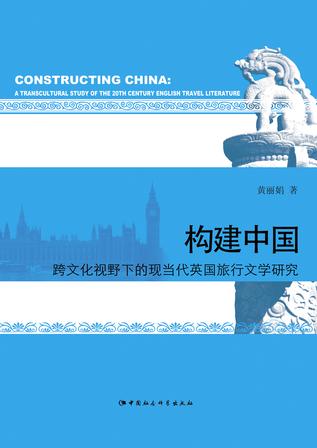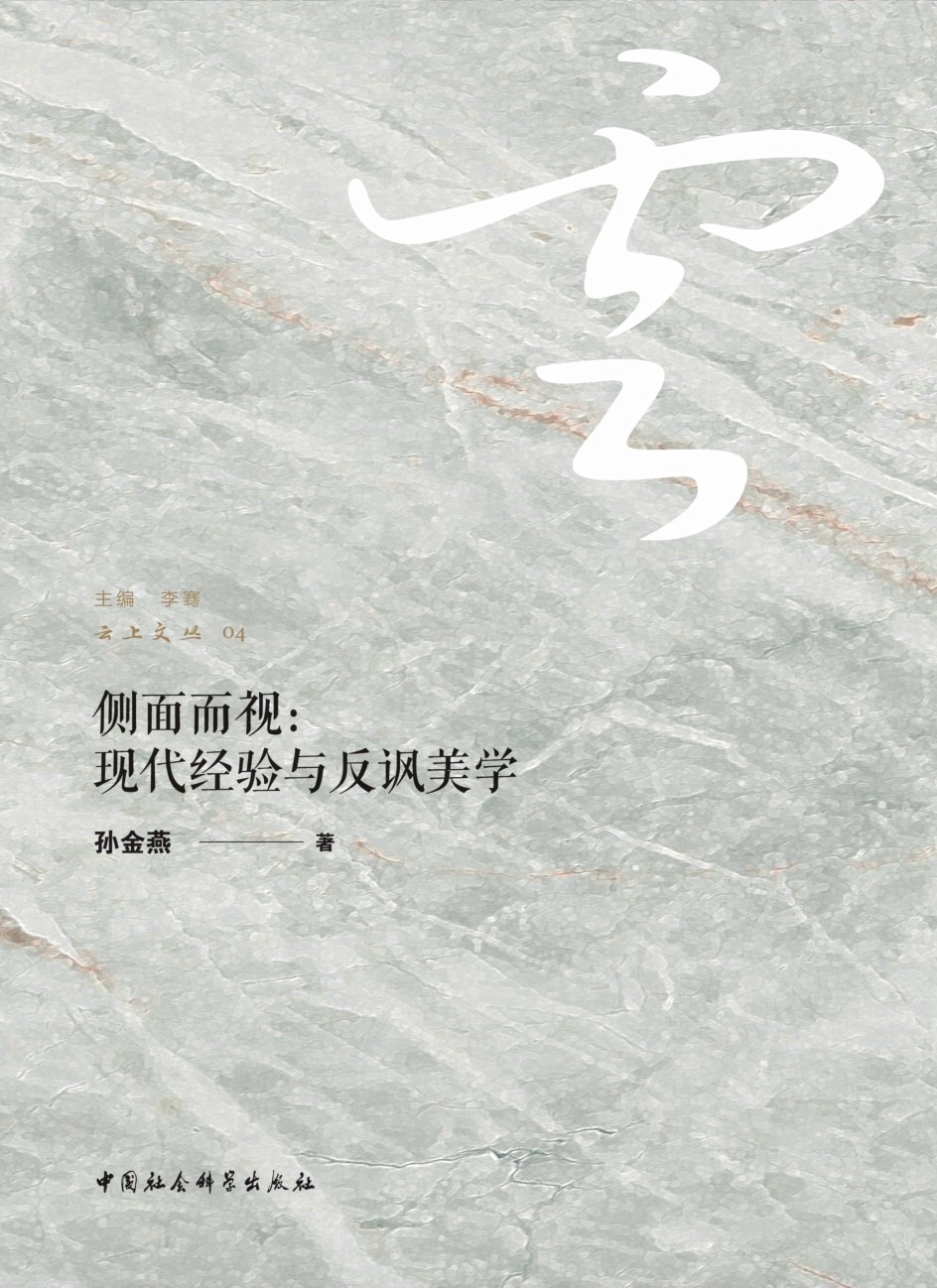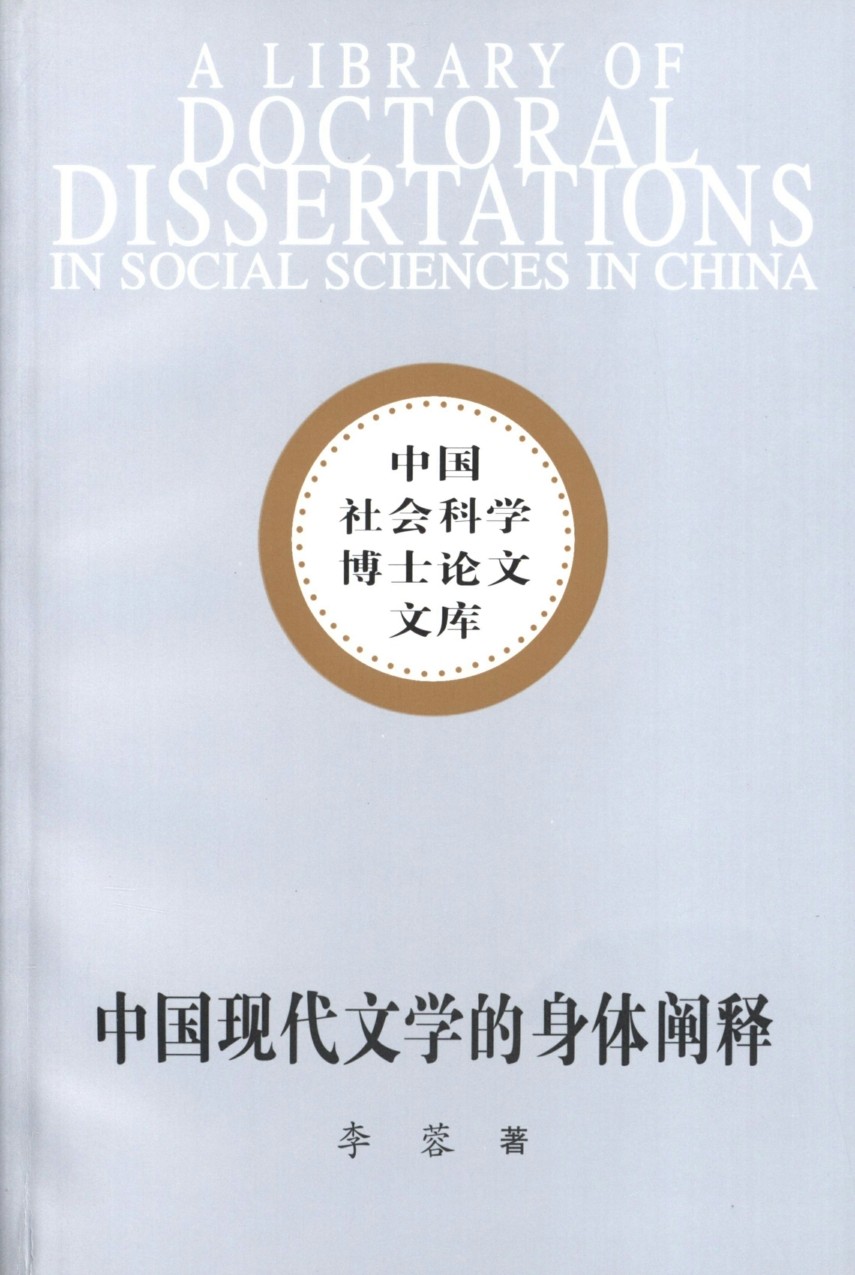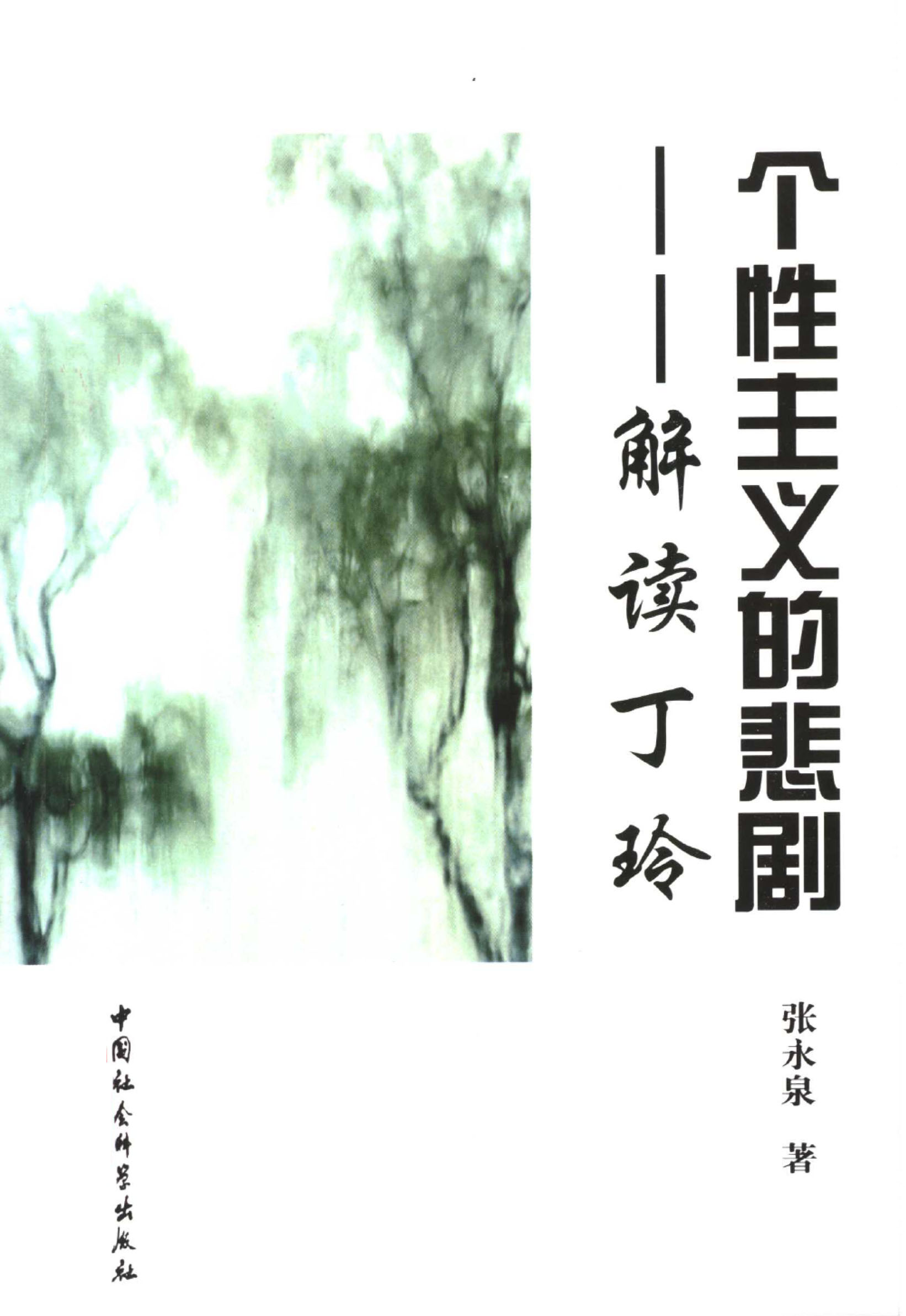文学人类学在中国的正式提出是在20世纪80年代以后,不过,作为一种学术方法,其实践可以上溯至20世纪前期。本书的研究对象,正是作为“方法”的文学人类学及其在20世纪前期的实践。绪论部分主要对“中国文学”“文学人类学”等基本概念作了限定,结语部分对20世纪前期的文学人类学实践作了评价。除此之外,内容分上、下两编。上编为总论,共分四章:第一章主要对中国文学人类学的思想渊源进行了追溯。对于20世纪前期的文学人类学研究来说,影响最为显著的是古典进化论人类学,这一学派的“文化遗留”说、巫术理论、仪式学说、图腾理论等,屡屡见诸早期研究者的笔端,成为当时知识分子解剖中国文化与文学现象的一种得心应手的工具。另外需要提及的是,植根于中国本土的“金石证史”传统与“礼失而求诸野”思想,成为文学人类学的另一重要思想资源。第二章重点对“神话”概念在中国的输入以及人类学派神话学的兴起作了考察。20世纪初,随着“神话”概念的输入,西方主要神话学理论也陆续传播到国内,其中最受推崇的,是以安德鲁·兰为代表的人类学派神话学。正是周作人、茅盾等对人类学派神话学的介绍与运用,成为20世纪前期文学人类学实践的先导。第三章重点考察中国文学人类学的早期实践历程。作为一种打通文学与人类学疆界的跨学科学术实践,文学人类学研究在国内的发轫可以上溯至民国初年。周作人率先采用古典进化论人类学理论从事童话故事研究,开启了文学人类学早期实践的先河。约从20世纪20年代后期起,文学人类学研究趋向繁荣,此时不仅有茅盾等采用人类学理论从事中国古典神话研究,更有郑振铎、郭沫若等将人类学理论引入古史领域。从20世纪30年代中期开始,受国内文化人类学发展的推进,文学人类学研究出现文史学者与人类学者两个主要群体,他们共同开创了这一领域的新局面。第四章着重考察20世纪前期学界对“三重证据法”的倡导。王国维对于“二重证据法”的成功实践,在当时学界引起强烈共鸣。不过,地下材料毕竟所得有限,能够将出土文献与传世文献相互印证更是不易。于是,许多学者试图在考古学之外寻找新的材料。在此风气之下,以人类学资料作为古史研究的参证,成为20世纪前期学界的又一趋势。梁启超、胡适、顾颉刚、傅斯年、钟敬文等在演讲或论文中,先后对作为“第三重证据”的人类学资料进行了阐发。至20世纪40年代,孙作云正式提出“三层证明法”,成为后来文学人类学“三重证据法”的先声。下编为分论,共分五章,主要对20世纪前期中国文学人类学史上的几位代表人物进行个案分析:第一章讨论对象为周作人。民国初年,周作人陆续写成《童话研究》《童话略论》等文章,率先采用人类学理论对载录于古籍中的童话故事进行系统阐释,从而开启了文学人类学研究的先河。此外,周作人从人类学视野出发对文学、艺术起源所作的研究,也成为20世纪前期中国文学人类学实践的重要组成部分。第二章讨论对象为茅盾。出于对欧洲文学的兴趣,茅盾很早便走上了神话研究的道路。与周作人一样,对茅盾神话研究产生深刻影响的,也是西方人类学派神话学。借助于这一学派的理论与方法,茅盾实现了对中国上古神话的重建。其主要思路为:原始先民心智共通说—世界神话普同说—归纳其他民族的神话模式—复原中国上古神话。第三章讨论对象为郑振铎。作为对“古史辨”派的反驳,郑振铎倡导“古史新辨”,其方法,主要是综合运用人类学、民俗学与文献资料进行多向度释古。《汤祷篇》一文便是郑振铎上述设想的体现。受弗雷泽《金枝》的启发,这篇文章对中国古籍中所载的“汤祷”传说进行了还原。在疑古之风如日中天的当时,郑振铎借人类学理论与方法探索“古史新辨”的道路,为中国现代学术树立了新的典范。第四章讨论对象为闻一多。约从20世纪30年代初开始,闻一多逐渐退出诗坛而转向学术研究,其论著中间,尤其值得关注的是有关古代神话与风俗的研究,作者多借鉴新兴的文化人类学知识而创见迭出。闻一多遇害后,朱自清等整理闻一多遗著,上述研究以《神话与诗》为题收入《闻一多全集》甲集。今天看来,编入《神话与诗》中的一些篇章,无疑是早期中国文学人类学研究史上的重要个案,其影响在今天依然有迹可寻。第五章讨论对象为孙作云。作为闻一多的直接传人,孙作云的研究也涉及《诗经》《楚辞》、中国古代神话传说与民俗文化等领域。在方法上,除传统的文字考订与音韵训诂外,他也从文化人类学、民俗学视角对上述对象进行解读。所不同者,孙作云将人类学中的图腾理论进一步普泛化,试图对中国上古图腾社会进行重构。此外,孙作云在王国维“二重证据法”的基础上,首次正式提出“三层证明法”。这一方法既是对前人已有研究的总结,也是孙作云本人自觉的学术追求,在中国文学人类学的发展史上意义深远。关键词:文学人类学 三重证据法 神话学 文化人类学 跨学科研究AbstractIt was after 1980s that Literary Anthropology was formally established in China.However,as a research methodology,Literary Anthropology may be tracked back to the early 20thCentury in view of its practical implications.Hence,the main research object of this study is Literary Anthropology as a“methodology”and its development in early 20thCentury China.This dissertation consists of three sections,namely introduction,text and conclusion.The introduction defines some basic concepts involved,such as“Chinese Literature”and“Literary Anthropology”.The text falls into two parts:Part I(theoretical part)and Part II(case study).Part I includes four chapters:Chapter I casts back the theoretical origins of Literary Anthropology in China.During the early 20thCentury,The Classical Evolutionism School had a significant influence on literary anthropological studies in China.Theories of the School,such as“cultural survival”,shamanism,rituals and totemism,appeared in early researchers' writings with extremely high frequency.They serve as handy tools for Chinese intellectuals at that time to explore the cultural and literary phenomenon in China.Moreover,it should be pointed out that“jin shi zheng shi”(the traditional uses of inscriptions on ancient bronzes and stone tablets as historical evidence)and“li shi er qiu zhu ye”(the philosophy that“Li has been lost at the place where it originated,but still remains in remote areas.In order to restore Li,we need to set out for those remote and desolate places),which were deeply rooted in China,became another important theoretical resource for Chinese Literary Anthropology.Chapter II studies the introduction of the western concept“myth”into China as well as the rise of the anthropological approach of mythology.At the beginning of 20thCentury,with the input of“myth”,major mythological theories of the west also spread to China in quick succession,among which the most widely admired one in Chinese academia should be the anthropological approach of mythology represented by Andrew Lang.Scholars like Zhou Zuoren and Mao Dun introduced this approach into China and applied it into their own studies,hence becoming forerunners of Chinese Literary Anthropology in early 20thCentury.Chapter III focuses on the history of the early practice of Literary Anthropology in China.As an interdisciplinary academic practice that breaks the bounds of literature and anthropology,Chinese Literary Anthropology can be traced back to early years of the Republic of China(1912-1949).Zhou Zuoren took the lead in applying the anthropological theory of Classical Evolutionism to fairy tale studies,and put forward early practice of Chinese Literary Anthropology for the first time.Since the late 1920s,research of Literary Anthropology has prospered in China.At that time,we not only had scholars like Mao Dun engaged in the study of Chinese classical mythology,but also Zheng Zhenduo and Guo Moruo that introduced anthropological theories into the field of ancient historical study.Since mid 1930s,with the domestic development of Cultural Anthropology,two major groups have arisen within the field of Chinese Literary Anthropology,one group is litterateurs and historians,and the other group is anthropologists.With the joint efforts of those scholars,new prospects have been opened up in this field.Chapter IV mainly discusses the advocacy of“Triple Evidence Methodology”in early 20thCentury in Chinese academia.The successful practice of“Double Evidence Methodology”initiated by Wang Guowei has struck a responsive chord with the whole academia of that time.However,the unearthed evi dence is always limited in number after all,and it is even harder to make the unearthed literature and inherited literature confirm each other.Therefore,many scholars have tried to find new evidence in addition to archaeology.Under this background,the practice of taking anthropological evidence as corroboration of ancient historical research has become another academic trend in early 20thCentury in China.Scholars like Liang Qichao,Hu Shi,Gu Jiegang,Fu Sinian and Zhong Jingwen have successively made elaborations of anthropological evidence as“the Third-layer Evidence”.During the 1940s,Sun Zuoyun formally put forward“Three-layered Proof Methodology”,which laid the foundation for what is now called“Triple Evidence Methodology”of emerging Literary Anthropology in China.Part II of the text mainly deals with case study ofseveral principal exponents in the history of Chinese Literary Anthropology in early 20thcentury.It is composed of five chapters:Chapter V is a case study of Zhou Zuoren.In the early Republic of China,Zhou Zuoren was the first to adopt anthropological theories in his fairy tale interpretations,publishing such articles as Studies of Fairy Tales(tong hua yan jiu)and A Brief study of Fairy Tales(tong hua lue lun).He made a systematic and profound elaboration of fairy tales recorded in ancient Chinese books from perspective of anthropology,thereupon started the research of Literary Anthropology in China.In addition,he also studied on the origins of literature and art from an anthropological perspective,which has also become an important part of literary anthropological practice in early 20thcentury in China.Chapter VI is a case study of Mao Dun.Being interested in European literature,Mao Dun began his research of mythology at a very early age.Like Zhou Zuoren,he was also deeply influenced by the western anthropological approach of mythology.On the basis of theories and methods of this school,Mao Dun finally accomplished the reconstruction of Chinese ancient myths.His main idea might be illustrated as follows:the commonality of primitive mind—the universality of world myths—the summary of mythical patterns from other nations—the reconstruction of Chinese myths.Chapter VII is a case study of Zheng Zhenduo.As a subversion of the Gushi Bian School,Zheng Zhenduo strongly advocated“Gushi Xinbian”,which means a multidimensional explanation of the history through integrative application of anthropological evidence,folk customs and written literature.His thesis of Tang Dao Pian serves as a perfect embodiment of the above idea.Inspired by Fraser's Golden Bough,this paper makes a restoration of the Chinese“Tang Dao”legend recorded in ancient books.While the Gushi Bian School was still in its full flush of influence,Zheng Zhenduo paved a new way of“Gushi Xinbian”by the aid of anthropological theories and methods.This has set a new example for Chinese modern academic studies.Chapter VIII is a case study of Wen Yiduo.Since the beginning of 1930s,Wen Yiduo has gradually withdrawn from the poetic world and turned to academic research.What is particularly noteworthy is that there are a large number of writings about ancient myths and customs in his publications.With reference to knowledge of emerging,they have become creative with abundant original ideas.After Wen Yiduo was assassinated,Zhu Ziqing and other scholars set their hands to the job of collecting and publishing his literary remains.His treatises mentioned above finally passed into The Complete Works of Wen Yiduo (Vol.1)entitled Myth and Poetry.Some of his treatises collected into Myth and Poetry are for today undoubtedly important cases of early literary anthropological explorations in China,and clues could be found even today to bear out their great power.Chapter IX is a case study of Sun Zuoyun.As a direct descendant of Wen Yiduo,Sun Zuoyun also relates his research to fields of The Book of Songs(Shi Jing),The Songs of Chu(Chu Ci),ancient Chinese myths and legends,folk cultures,etc.So far as the research methods are concerned,he has elaborated the above-mentioned objects in the light of Cultural Anthropology and Folklore besides word annotation and phonological exegesis.The only difference between them is that Sun Zuoyun has further generalized the totemic theory in Anthropol ogy,with an attempt to reconstruct the ancient Chinese totemic society.Moreover,it was Sun Zuoyun who for the first time officially put forward the“Threelayered Proof Methodology”on the basis of“Double Evidence Methodology”by Wang Guowei.This methodology is not only a summary of previous studies,but also a result of Sun Zuoyun's own voluntary academic pursuit,which is of profound significance to the development of Chinese Literary Anthropology.The section of Conclusion evaluates the practical activities of Literary Anthropology initiated by Chinese scholars in the early 20thCentury.Key words: Literary Anthropology Triple Evidence Methodology Mythology Cultural anthropology Interdisciplinary research
全部显示∨
